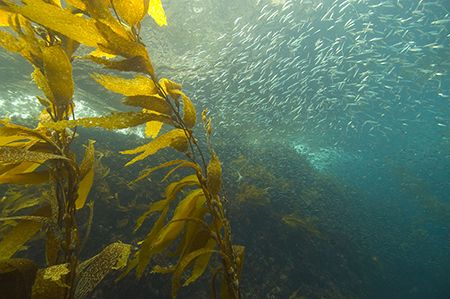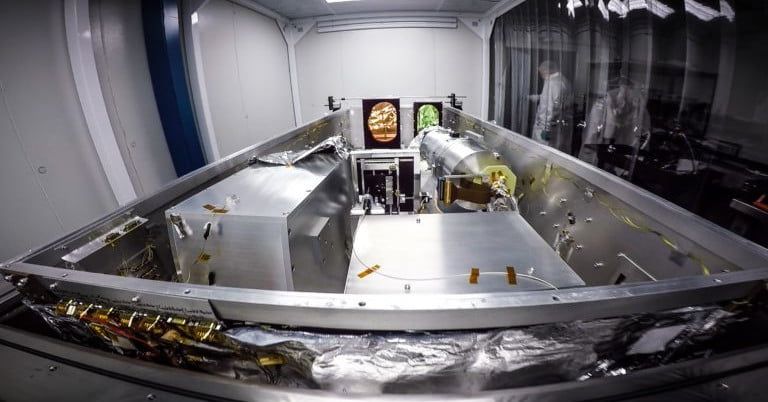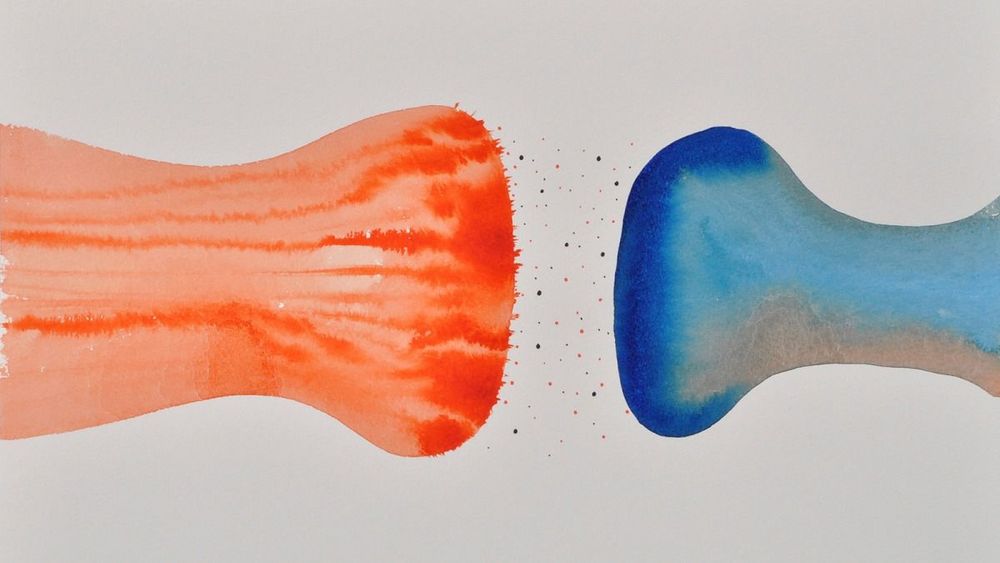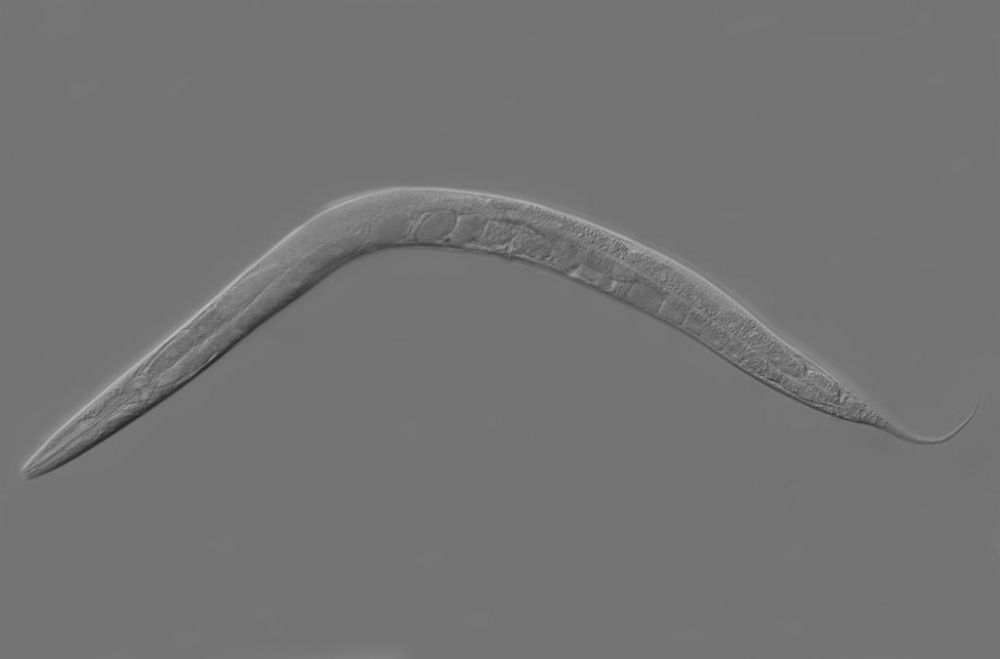Archive for the ‘futurism’ category: Page 878
Mar 3, 2019
How Growing Sea Plants Can Help Slow Ocean Acidification
Posted by Quinn Sena in category: futurism
Researchers are finding that kelp, eelgrass, and other vegetation can effectively absorb CO2 and reduce acidity in the ocean. Growing these plants in local waters, scientists say, could help mitigate the damaging impacts of acidification on marine life.
Mar 3, 2019
It is time to take action and not let the current status quo stay the status quo
Posted by Michael Dodd in category: futurism
Mar 2, 2019
The Habitable Planet Finder Is a New Tool to Locate Earth-like Exoplanets
Posted by Genevieve Klien in categories: cosmology, futurism
Astronomers have a new tool to help them find habitable planets in our galaxy: the Habitable Planet Finder (HPF), a high-precision spectrograph. The HPF can be used to detect worlds which have some key qualities, like being a rocky planet orbiting an red dwarf. A red dwarf, also known as an M-dwarf, is a type of star that is relatively cool, small, and dim, and is somewhat similar to our Sun (which is classified as a white or yellow dwarf.) Red dwarfs are common in the Milky Way, like the nearby Barnard’s star, making them good hunting grounds for exoplanets.
“About 70 percent of the stars in our galaxy are M-dwarfs like Barnard’s star, but the near-infrared light they emit has made it difficult for astronomers to see their planets with ordinary optical telescopes,” Paul Robertson, assistant professor of physics and astronomy at the University of California, Irvine, said in a statement. “With the HPF, it’s now open season for exoplanet hunting on a greatly expanded selection of stellar targets.”
The HPF measures subtle changes in the color of light given off by stars, which can indicate the influence of an orbiting planet. In particular, it searches for planets with a low mass located within the “habitable zone” of their stars where surface water can exist. The spectrograph has already demonstrated its usefulness by confirming the existence of a super-Earth which is orbiting Barnard’s star during its commissioning, and should be able to detect many more planets similar in size to Earth in the future.
Continue reading “The Habitable Planet Finder Is a New Tool to Locate Earth-like Exoplanets” »
Mar 2, 2019
A new artificial synapse is faster and more efficient than ones in your brain
Posted by Paul Battista in categories: futurism, robotics/AI
Biologically inspired circuitry could help build future low-power AI chips—if some obstacles are overcome.
The news: Researchers at the US National Institute of Standards and Technology built a new magnetically controlled electronic synapse, an artificial equivalent of the ones that link neurons. They fire millions of times faster than the ones in your brain, while using 1,000th as much energy (which is also less than any other artificial synapse to date).
Why it matters: Synthetic synapses, which gather multiple signals and fire electronic pulses at a threshold, may be an alternative to transistors in regular processors. They can be assembled to create so-called neuromorphic chips that work more like a brain. Such devices can run artificial neural networks, which underpin modern AI, more efficiently than regular chips. This new synapse could make them even more energy-efficient.
Continue reading “A new artificial synapse is faster and more efficient than ones in your brain” »
Mar 2, 2019
Dr. Gerald Pollack — Water, and the Hydro-Dynamic aspects of Life, Health and Aging — Ira Pastor — IdeaXme
Posted by Ira S. Pastor in categories: aging, biological, biotech/medical, cryonics, disruptive technology, DNA, futurism, health, life extension, science

Mar 2, 2019
New species of ‘golden death’ bacterium digests parasitic worms from the inside out
Posted by James Christian Smith in category: futurism
Zombie Bacteria that sounds like a Netflix Series…not really, but a bacteria that devours roundworms has been found. #karma A new species of bacterium Chryseobacterium nematophagum, has been found to digest its hosts—roundworm parasites—from the inside out. The findings, which are presented in the open access journal BMC Biology, suggest that the bacteria may potentially be used in future, to control roundworm infections in animals, plants, and, potentially, humans.
A new species of bacterium, Chryseobacterium nematophagum, has been found to digest its hosts—roundworm parasites—from the inside out. The findings, which are presented in the open access journal BMC Biology, suggest that the bacteria may potentially be used in future, to control roundworm infections in animals, plants, and, potentially, humans.
Mar 1, 2019
The tallest building in California will be a 77-story ‘supertall’ skyscraper in Los Angeles
Posted by Genevieve Klien in categories: futurism, space
- Los Angeles could be getting a brand-new skyscraper that’s taller than the Wilshire Grand — the tallest tower in California.
- The planned skyscraper is 77 stories high and features a mixture of condos, hotel rooms, and commercial space.
- The future development represents a growing trend of supertall construction as cities compete to have the most impressive skylines.
Los Angeles has endured endless criticism for its low-lying slab buildings, flat-topped towers, and mismatched design aesthetics.
In 2013, the former architecture critic at Los Angeles magazine, Greg Goldin, lamented the city’s “dull” and “mediocre” landscape.

















